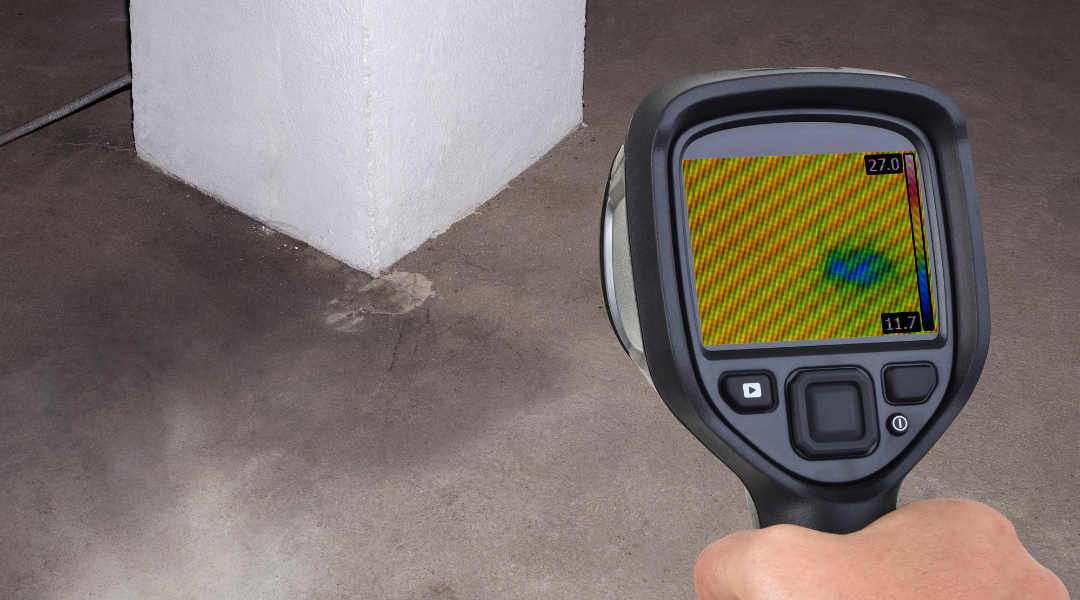In a world fascinated by precious metals, gold stands as an emblem of wealth and luxury. The allure of this lustrous metal has driven explorations, treasure hunts, and scientific pursuits. Modern technology continues to evolve, prompting questions about its ability to detect gold. Can scanners, the marvels of contemporary engineering, indeed detect gold?
In this blog post, we delve into gold detection through scanners, exploring the science, mechanisms, and limitations that govern this intriguing process.
Gold’s Unique Properties: An Overview
To grasp the dynamics of gold detection, we must first fathom the remarkable properties that set gold apart. Gold’s density, conductivity, and malleability make it an exceptional metal. Its density, about 19 times that of water, gives gold a weighty advantage in detection. Scanners capitalize on these attributes, employing various methods to exploit gold’s distinct characteristics.
The Science Behind Scanners
Modern scanners employ cutting-edge technologies to identify and differentiate materials based on their properties. Among these, X-ray scanners and metal detectors are the primary tools used in gold detection. X-ray scanners work by emitting X-rays through the object being scanned. Different materials absorb X-rays differently due to their varying densities, enabling the scanner to create detailed images highlighting variations in thickness. On the other hand, metal detectors capitalize on metals’ conductivity. When gold comes into contact with an electromagnetic field generated by the detector, it disrupts the field and triggers an alert.
Limitations of Gold Detection
While scanners hold promise, it’s essential to acknowledge their limitations. X-ray scanners can detect gold, but they might not always distinguish it from other dense materials, leading to potential false positives. Moreover, its detection becomes more intricate when gold is concealed within complex structures or alloys. Metal detectors, while effective, might be influenced by external factors like soil composition and electromagnetic interference.
Advancements in Gold Detection Technology
As technology advances, so do the accuracy and efficiency of gold detection scanners. Multi-sensor systems, combining X-ray imaging and metal detection, offer a comprehensive approach to distinguishing gold from other materials. These innovations reduce the likelihood of false positives and enhance the reliability of gold detection.
Practical Applications
The implications of gold detection extend beyond treasure hunting. Accurate gold detection greatly benefits mining, jewelry manufacturing, and security industries. Scanners play a pivotal role in ensuring the quality and authenticity of gold products, preventing counterfeit items from infiltrating the market.
Can Scanners Detect Gold: FAQs
Can scanners easily distinguish between gold and other metals?
Scanners designed to detect gold rely on variations in density and conductivity. While they can differentiate gold from some metals, the task becomes more complex when dealing with alloys or materials of similar thickness. This can lead to false positives or challenges to accurate identification.
Are there specific types of gold that scanners struggle to detect?
Scanners might have difficulty detecting gold concealed within intricate structures or combined with other materials. For instance, gold alloys used in jewelry might present challenges due to their differing compositions. This underscores the importance of advanced scanning techniques that can penetrate complex arrangements.
Can environmental factors impact the accuracy of gold detection by scanners?
Yes, environmental factors such as soil composition, humidity, and electromagnetic interference can influence the performance of gold detection scanners. Metal detectors, for instance, might be affected by the presence of minerals in the soil, leading to false readings. Manufacturers are continually working to minimize these influences for more reliable results.
How do X-ray scanners detect gold hidden within objects?
X-ray scanners utilize the principle of differential X-ray absorption. When X-rays pass through an object, materials with varying densities absorb the X-rays differently, creating an image. Gold’s high density allows it to stand out in these images. However, the presence of other dense materials could complicate accurate gold detection.
Are there any safety concerns associated with using scanners for gold detection?
In general, scanners used for gold detection, such as X-ray systems, are designed to be safe for users and the environment. However, repeated exposure to X-rays could raise health concerns. Operators and users must follow safety guidelines and ensure that the equipment meets regulatory standards for radiation emission.
Conclusion
In the grand tapestry of technological marvels, scanners are formidable tools to detect gold. From their inception as rudimentary metal detectors to the sophisticated multi-sensor systems of today, scanners have evolved to harness the unique properties of gold for detection. While limitations persist, ongoing advancements continue to refine their accuracy and reliability. As we gaze into the future, the interplay between science and technology promises to unravel even more secrets hidden within the confines of this precious metal.

